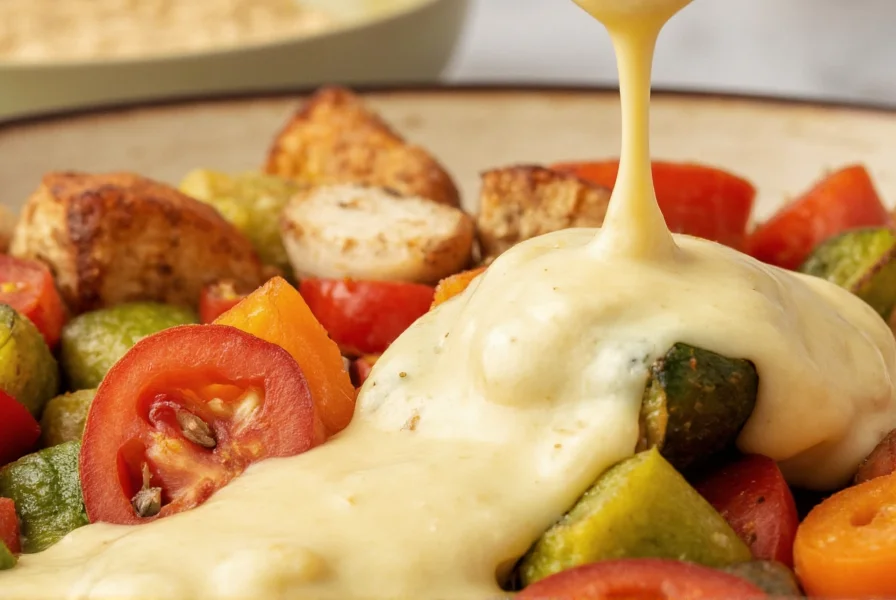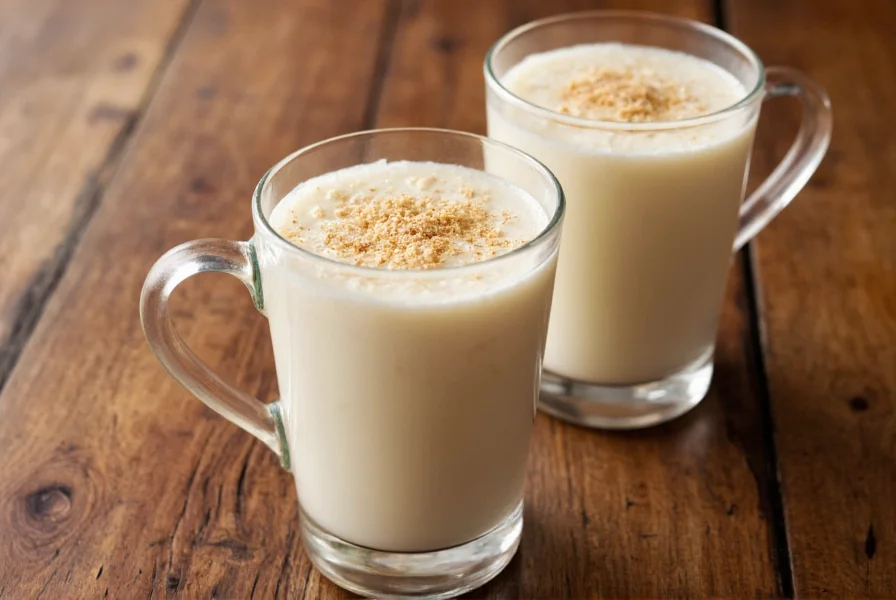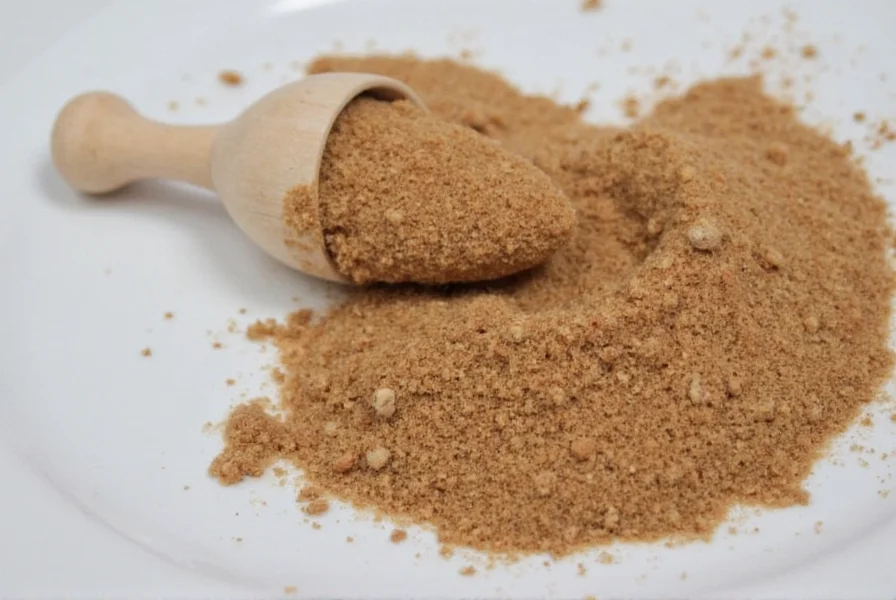Nutmeg isn't just a holiday spice—it's a versatile ingredient that elevates everyday cooking when used properly. This aromatic seed from the Myristica fragrans tree adds depth to both sweet and savory applications, but its potent flavor requires careful handling. Understanding how to incorporate nutmeg properly transforms ordinary dishes into extraordinary culinary experiences.
The Essential Guide to Cooking with Nutmeg
Freshly grated nutmeg delivers significantly more complex flavor than pre-ground versions. The volatile oils that give nutmeg its distinctive aroma dissipate quickly after grinding, which is why chefs consistently recommend using whole nutmeg with a microplane grater. When stored properly in an airtight container away from light, whole nutmeg maintains peak flavor for up to two years—far longer than ground versions.
| Characteristic | Freshly Grated Nutmeg | Pre-Ground Nutmeg |
|---|---|---|
| Flavor Intensity | Bright, complex, floral notes | Muted, one-dimensional |
| Shelf Life | 1-2 years (whole) | 6-12 months |
| Best Used In | Finishing dishes, delicate sauces | Hearty stews, baked goods |
| Measurement Ratio | 1 part fresh = 1.5 parts ground | 1 part ground = 2/3 part fresh |
Precision Measurements for Perfect Nutmeg Recipes
Overusing nutmeg creates bitterness that ruins dishes. Follow these professional guidelines for ideal nutmeg incorporation:
- Baking recipes: 1/8 to 1/4 teaspoon per cup of flour
- Savory sauces: A light pinch (about 1/16 teaspoon) per cup of liquid
- Beverages: 1-2 scrapes from whole nutmeg per serving
- Vegetable dishes: 1/4 teaspoon per pound of vegetables
Add nutmeg early in cooking for baked goods to allow flavor integration, but incorporate it during the final minutes for delicate sauces and beverages to preserve its aromatic compounds. Always taste before serving and adjust carefully—nutmeg's flavor continues developing even after cooking.
Top 5 Nutmeg Recipes for Every Season
1. Classic Béchamel Sauce with Fresh Nutmeg
This foundational French sauce showcases nutmeg's savory potential. The secret lies in adding freshly grated nutmeg at the very end of cooking. For authentic results, use 1/8 teaspoon per cup of milk and pair with white pepper rather than black for a smoother flavor profile. This versatile sauce forms the base for macaroni and cheese, lasagna, and croque monsieur sandwiches.

2. Autumn Spiced Apple Cider
Fall nutmeg recipes reach their peak with this simple stovetop cider. Simmer 8 cups apple cider with 2 cinnamon sticks, 3 whole cloves, and 10 scrapes of fresh nutmeg for 20 minutes. Remove from heat, add orange slices, and let steep 10 more minutes. The nutmeg balances the cider's sweetness while enhancing the natural apple flavor—no additional sugar needed. This easy nutmeg recipe serves 6 and requires only 5 minutes of active preparation.
3. Roasted Butternut Squash with Nutmeg
Savory nutmeg recipes shine in this vegetable preparation. Toss 2 pounds cubed butternut squash with 1 tablespoon olive oil, 1/4 teaspoon freshly grated nutmeg, salt, and pepper. Roast at 400°F until caramelized (25-30 minutes). The nutmeg complements squash's natural sweetness while adding sophisticated depth. For holiday cooking, add this to your Thanksgiving menu as a sophisticated alternative to marshmallow-topped versions.
4. Whole Wheat Pumpkin Bread
This healthier take on classic pumpkin bread uses freshly grated nutmeg for superior flavor. Combine 1 teaspoon nutmeg with 2 teaspoons cinnamon and 1/2 teaspoon cloves in the dry ingredients. The nutmeg prevents the bread from tasting overly sweet while enhancing the pumpkin's earthy notes. Bake at 350°F for 50-55 minutes for a moist, flavorful result that stays fresh for days.
5. Creamy Eggnog with Fresh Nutmeg
Holiday nutmeg recipes culminate in this traditional beverage. After preparing your eggnog base, stir in 1/4 teaspoon freshly grated nutmeg per serving. The finishing touch? A final grating of fresh nutmeg directly onto each serving. This technique releases volatile oils that pre-ground nutmeg lacks, creating an aromatic experience that defines holiday gatherings. For non-alcoholic versions, substitute milk or cream for spirits while maintaining the same nutmeg proportions.

Nutmeg Substitutions and Flavor Pairings
When you've run out of nutmeg, mace (made from the same plant's outer coating) provides the closest substitute at a 1:1 ratio. Allspice works in sweet applications at half the amount, while ginger adds complementary warmth in savory dishes. Nutmeg pairs exceptionally well with:
- Cinnamon and cloves in baking recipes
- White sauce components like béchamel
- Root vegetables including potatoes and turnips
- Dairy products from cheese to cream
- Citrus notes in beverages
Avoid pairing nutmeg with strongly competing spices like cumin or smoked paprika, which overwhelm its delicate flavor. In baking recipes, balance nutmeg with acidic components like buttermilk or yogurt to prevent bitterness.
Troubleshooting Common Nutmeg Recipe Problems
Many home cooks encounter issues with nutmeg recipes due to improper usage. If your dish tastes bitter, you've likely used too much or added it too early in cooking. For immediate correction, add a small amount of acid (lemon juice or vinegar) to counteract bitterness. If nutmeg flavor seems absent, you're probably using stale ground nutmeg—switch to fresh grating for noticeable improvement. In creamy sauces, always add nutmeg after removing from heat to preserve its volatile compounds.
Frequently Asked Questions
How much nutmeg should I use in baking recipes?
For most baking recipes, use 1/8 to 1/4 teaspoon of freshly grated nutmeg per cup of flour. In dense cakes or cookies, start with the lower amount and adjust upward. Remember that fresh nutmeg is more potent than pre-ground, so reduce measurements by one-third when substituting ground versions.
Can I substitute ground nutmeg for fresh in recipes?
Yes, but with adjustments. Use 2/3 teaspoon of ground nutmeg for every 1 teaspoon of freshly grated nutmeg a recipe specifies. Since ground nutmeg loses potency faster, check its freshness by rubbing a small amount between your fingers—if you can't detect a strong aroma, replace it. For best results in holiday cooking, always opt for fresh grating.
What savory dishes work best with nutmeg recipes?
Nutmeg enhances béchamel and cheese sauces, roasted root vegetables, mashed potatoes, and creamy soups. It's essential in traditional Italian pasta dishes like lasagna and gnocchi. Use sparingly—just a pinch per serving—in meatloaf, meatballs, and certain cheese dishes. The key is subtle enhancement rather than dominant flavor.
Why does my nutmeg recipe taste bitter?
Bitterness occurs when using too much nutmeg or adding it too early in cooking. Nutmeg contains myristicin, which turns bitter when overheated. To fix bitter dishes, add a small amount of acid (lemon juice or vinegar) or sweetness to balance flavors. For future recipes, use freshly grated nutmeg sparingly and add it during the final minutes of cooking for savory dishes.











 浙公网安备
33010002000092号
浙公网安备
33010002000092号 浙B2-20120091-4
浙B2-20120091-4